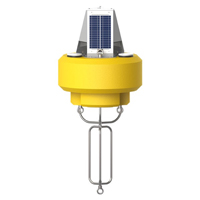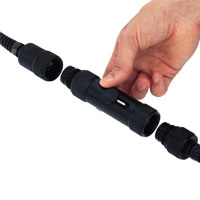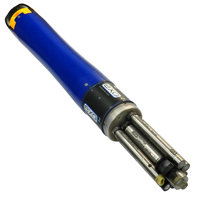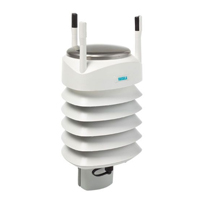 Despite Lake Nipissing’s popularity as a destination for tourists and fishermen in Ontario, Canada, relatively little is known about nutrient availability for algae that sometimes blooms there. Luckily, several investigators at the University of Saskatchewan and Nipissing University are working to fill the gap in understanding.
Despite Lake Nipissing’s popularity as a destination for tourists and fishermen in Ontario, Canada, relatively little is known about nutrient availability for algae that sometimes blooms there. Luckily, several investigators at the University of Saskatchewan and Nipissing University are working to fill the gap in understanding.
Key to answering their questions is learning more about the lake’s stratification, or how its water column differentiates based on changes in temperature. These differences play an important role in how the lake mixes — during long periods of stability, bottom waters can become anoxic and sedimentary phosphorus can become mobile and available to Lake Nipissing algae communities.
To record the shifts that occur, researchers needed reliable equipment to monitor temperatures in a profile, collect data on water quality and also gauge weather dynamics at two sites in the lake. NexSens Technology provided gear for the project, including data buoys, multi-parameter sondes, temperature strings and weather stations.
Two buoys are better than one
The system is comprised of two data buoys, one of which is a NexSens CB-450. A platform is deployed in Callander Bay, an isolated bay that sometimes experiences cyanobacteria events, while another sits in an area of water between the Manitou Islands and the city of North Bay.

The CB-450 platform is powered by three 10-watt solar panels secured to a stainless steel tower. Resting on top of the structure is a topside plate supporting a solar marine light and Vaisala weather sensor. On the bottomside, researchers deployed a multi-parameter water quality sonde and a NexSens T-Node FR Thermistor String. These plug directly into watertight sensor ports below the buoy’s data well. A similar setup is used for the second buoy.
Sensors on the CB-450 link up to a data logger, housed securely in the buoy data well, along with wiring and rechargeable battery packs. The logger records measurements at project-defined intervals and transmits that data via remote telemetry to researchers and project managers.
The bottom line
Data from the platforms are posted online for simple public access. The measurements have also proven useful for educational programs as students use them in theses and presentations. Many others also gain valuable experience working with the buoys and their data.
Images courtesy University of Saskatchewan
The NexSens CB-450 Data Buoy is designed for deployment in lakes, rivers, coastal waters, harbors, estuaries and other freshwater or marine environments.
The NexSens T-Node FR thermistor string provides high precision temperature measurement in an addressable and connectorized assembly.
The Vaisala WXT536 Multi-Parameter Weather Sensor simultaneously measures air temperature, humidity, pressure, rainfall and wind in a compact platform with optional heating.




